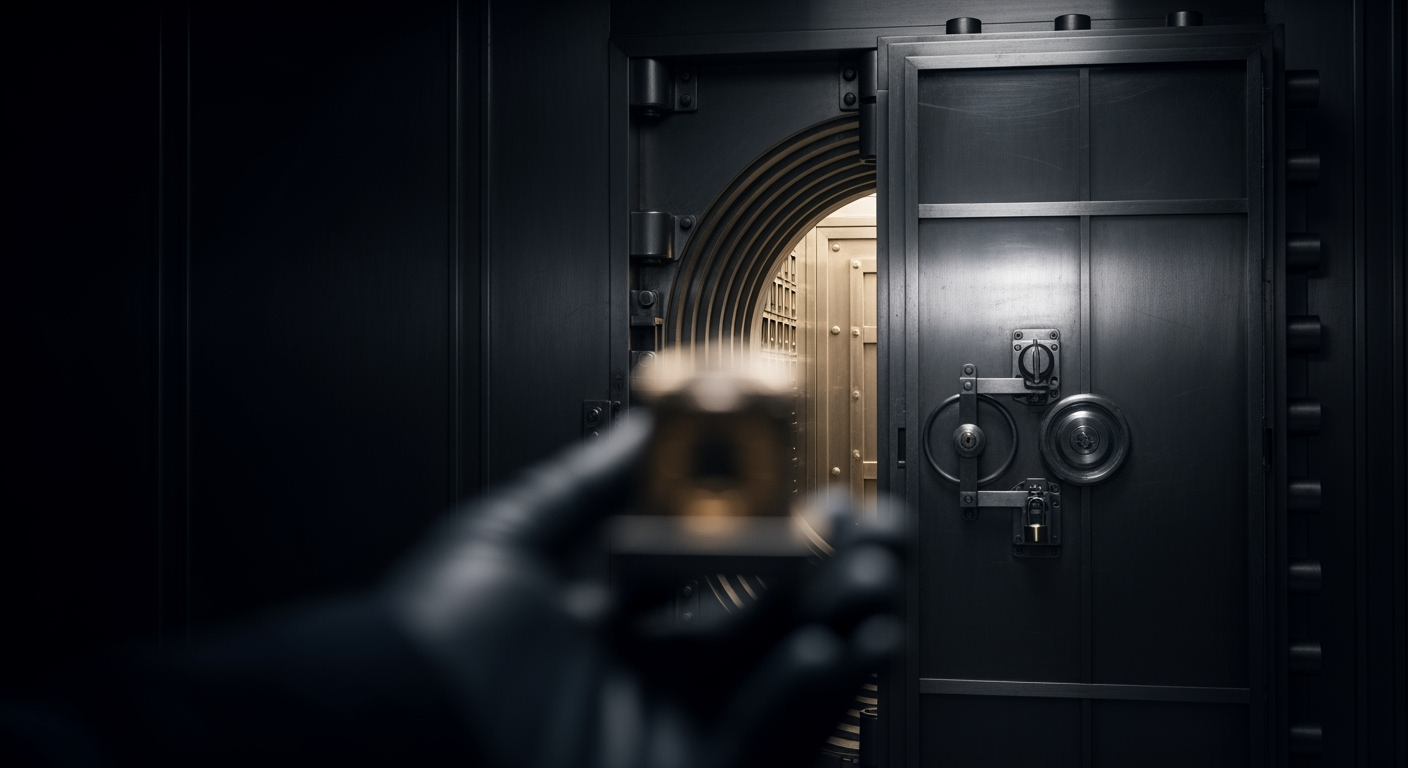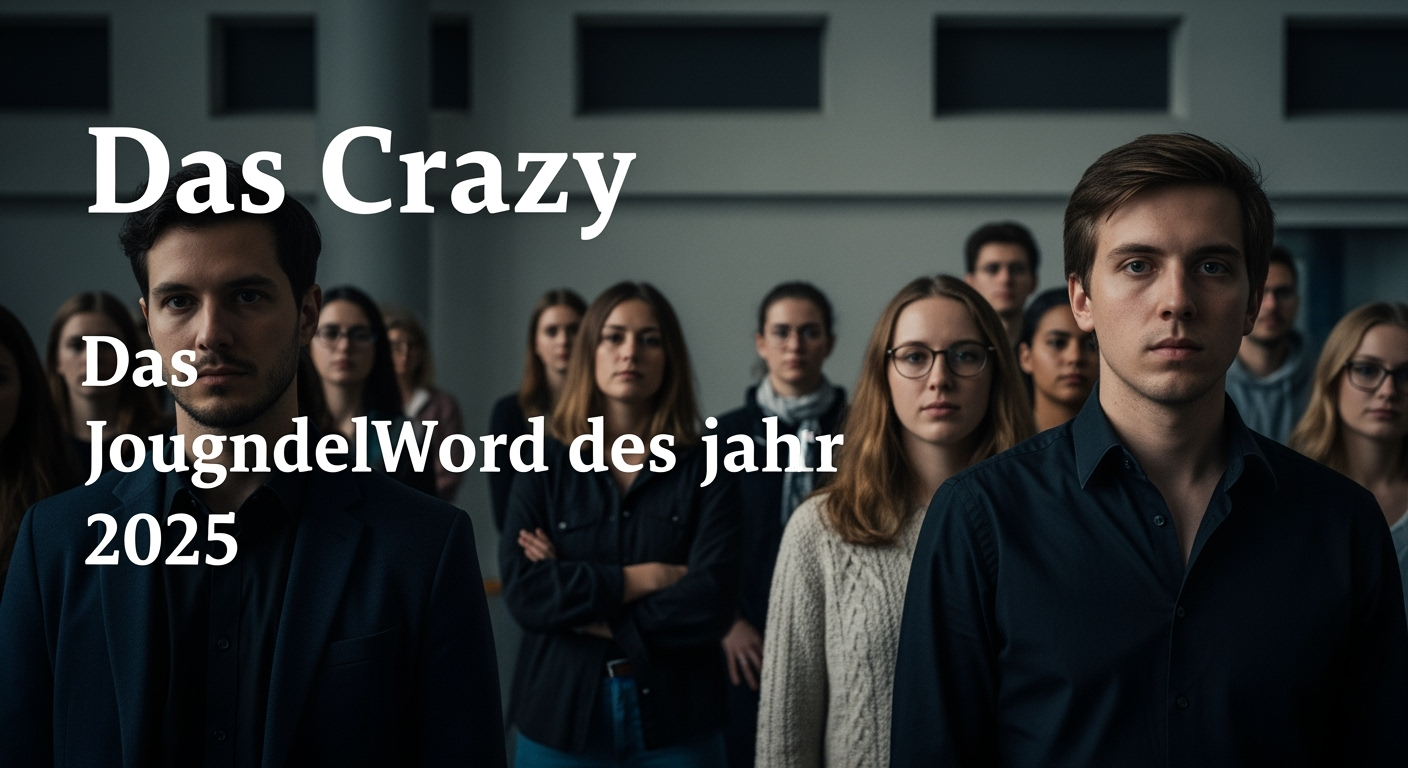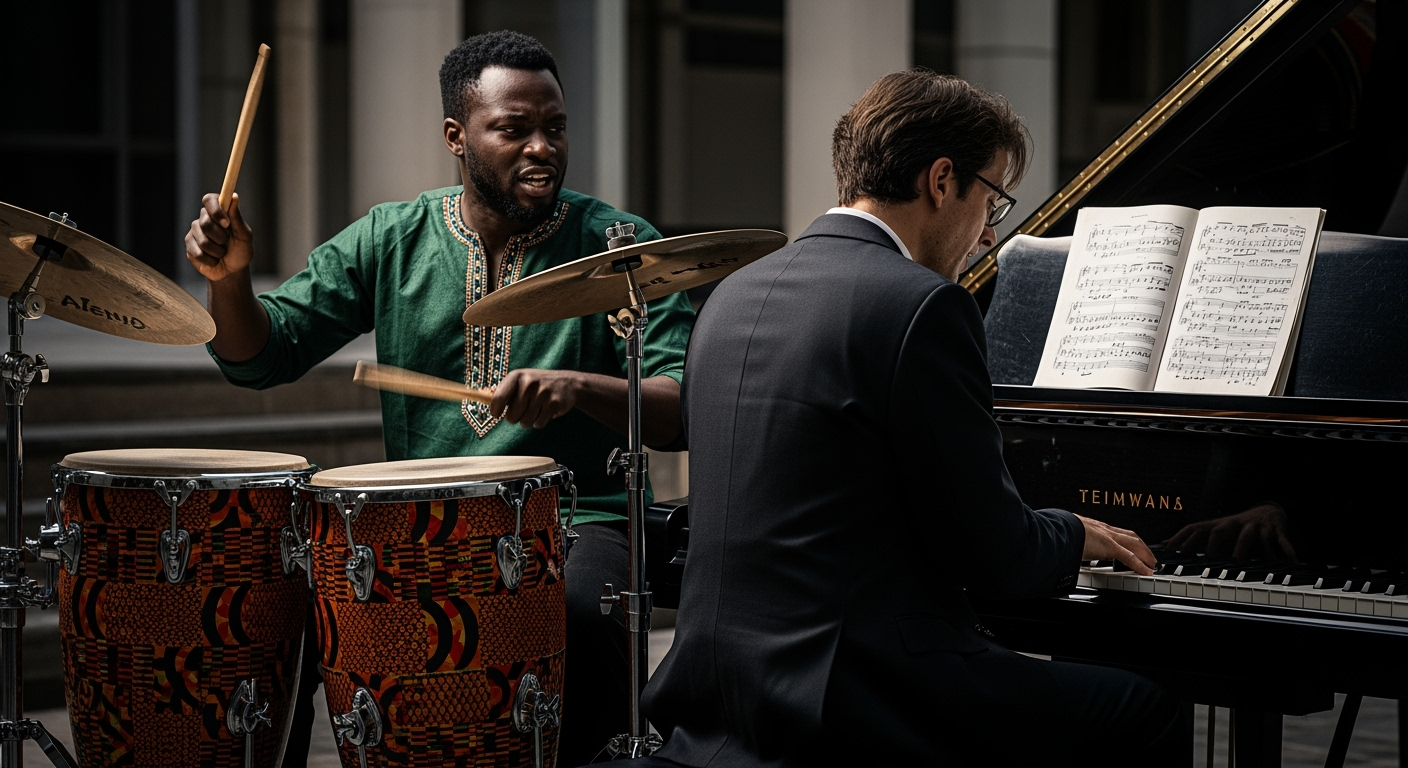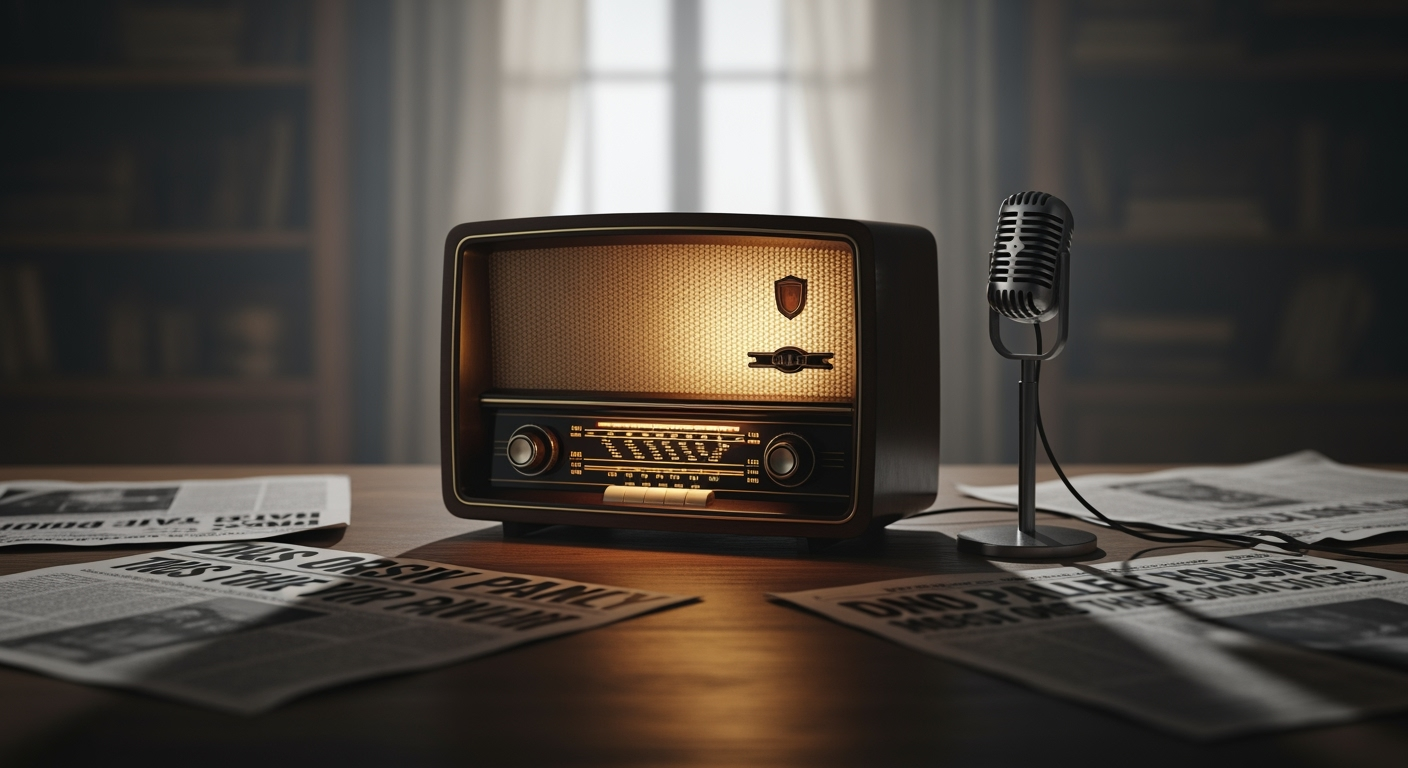Related Articles

Daring Daylight Heist Shakes Louvre, Priceless Jewels Vanish

"Das crazy" Crowned German Youth Word of the Year 2025, Reflecting English Influence and Linguistic Nuance





On the evening of October 30, 1938, a seemingly routine radio broadcast transformed into a legend, reportedly plunging parts of the United States into panic and forever altering the conversation around media responsibility. Orson Welles’ Mercury Theatre on the Air production of H.G. Wells' "The War of the Worlds," a fictional account of a Martian invasion, became an unexpected watershed moment, illustrating the profound power of broadcast media and underscoring the critical importance of media literacy, a lesson that resonates with increasing urgency in today's complex information landscape.
The notorious broadcast, aired live at 8 p.m. ET over the CBS Radio Network, was the 17th episode of "The Mercury Theatre on the Air." Directed and narrated by the then 23-year-old Orson Welles, the program adapted H.G. Wells' 1898 novel, relocating the Martian landing from Victorian England to rural Grovers Mill, New Jersey. What made the broadcast particularly impactful was its innovative and highly realistic format. The first half of the hour-long drama was presented as a series of simulated "breaking news" bulletins, interrupting a seemingly regular musical program with urgent reports of strange explosions on Mars, a mysterious object landing in New Jersey, and devastating attacks by Martian invaders using heat rays and poisonous gas. The context of 1938, steeped in pre-World War II anxieties and the lingering hardships of the Great Depression, created a populace already on edge, making them potentially more susceptible to alarming news.
Initial reports painted a vivid picture of mass hysteria: listeners reportedly fled their homes, crammed highways, sought refuge in churches, and inundated emergency services with calls, genuinely believing the nation was under attack. However, modern research and historical analysis have largely debunked the myth of a nationwide mass panic. While some listeners were undoubtedly frightened or disturbed, the scale of the reaction was significantly exaggerated, often by competing newspapers eager to discredit radio as a reliable news source. Many people who reacted with fear had likely tuned in late, missing the program's initial announcements that it was a fictional dramatization. Welles himself later expressed surprise at the extent of the public's reaction, stating he had not intended to cause panic.
Several factors contributed to the broadcast's uncanny ability to blur the lines between fiction and reality for a segment of its audience. The "news bulletin" style, complete with "on-the-scene" reporting, interviews with "experts," and dramatic sound effects, was meticulously crafted to mimic actual news coverage. The Mercury Theatre on the Air, being a sustaining program, also lacked frequent commercial interruptions, which inadvertently heightened the realism of the unfolding "events." In the 1930s, radio held a powerful and authoritative position as a primary source of news and information, largely trusted by the public, a trust reinforced by figures like President Franklin D. Roosevelt's "fireside chats." This established credibility meant that listeners were predisposed to believe what they heard. Those who switched stations from other popular programs, such as NBC's "The Chase and Sanborn Hour," often tuned in during musical interludes, missing Welles' explicit introductory disclaimers that the show was an adaptation of H.G. Wells' novel. This combination of psychological vulnerability, a trusted medium, and a highly convincing presentation created a perfect storm for misinterpretation.
The day following the broadcast, the public outcry was immediate and widespread. Media outlets and public figures criticized the program, sparking intense discussions about the responsibilities of broadcasters and the ethical implications of such realistic programming. The Federal Communications Commission (FCC) launched an investigation into the incident, though ultimately no serious legal actions or penalties were taken against Welles or CBS. However, the broadcast did lead to informal agreements within the industry to avoid using fictional news "flashes" in future entertainment programming. Welles, at a hastily called press conference, publicly apologized for any distress caused, acknowledging the unexpected impact of his dramatization. The incident highlighted the immense influence of radio and prompted a broader reassessment of media standards and self-regulation.
"The War of the Worlds" broadcast remains a pivotal event in media history, serving as a powerful and perennial case study in media literacy. It vividly demonstrated the capacity of media to shape public perception and behavior, even when presenting fictional narratives. The incident continues to underscore the critical importance of evaluating information critically, questioning sources, and recognizing the contextual cues that differentiate fact from fiction.
The challenges faced by radio listeners in 1938—distinguishing between authentic news and compelling drama—bear striking parallels to the complexities of consuming information in today's digital environment. In an era dominated by social media, instant news alerts, and artificial intelligence-generated content, the rapid proliferation of misinformation and "fake news" presents a constant test of media literacy. Just as Welles' broadcast exploited the then-novelty and authority of radio, modern disinformation campaigns leverage the immediacy and pervasive nature of online platforms. The episode serves as a powerful historical analogue, reminding us that the tools of communication evolve, but the fundamental human challenge of discerning truth remains. It emphasizes the need for individuals to not only access information but also to analyze, evaluate, and understand its context and intent, highlighting that media literacy is not merely a skill but a vital ongoing practice.
In conclusion, Orson Welles' "War of the Worlds" was far more than a Halloween prank gone awry; it was a profound, albeit accidental, lesson in the psychology of media consumption and the societal implications of its power. The legacy of that October night in 1938 continues to remind us that critical thinking, an understanding of media formats, and a healthy skepticism towards unverified information are indispensable tools. As information continues to flow at unprecedented speeds and through ever more sophisticated channels, the lessons embedded in Welles' legendary broadcast serve as a timeless call to foster robust media literacy, ensuring an informed and resilient public capable of navigating the intricate web of modern communication.